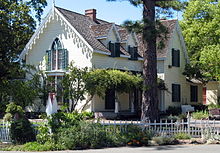
Mission San Francisco Solano was the 21st, last, and northernmost mission in Alta California. It was named for Saint Francis Solanus. It was the only mission built in Alta California after Mexico gained independence from Spain. The difficulty of its beginning demonstrates the confusion resulting from that change in governance. The California Governor wanted a robust Mexican presence north of the San Francisco Bay to keep the Russians who had established Fort Ross on the Pacific coast from moving further inland. A young Franciscan friar from Mission San Francisco de Asis wanted to move to a location with a better climate and access to a larger number of potential converts.

Petaluma is a city in Sonoma County, California, located in the North Bay region of the San Francisco Bay Area. Its population was 59,776 according to the 2020 census.
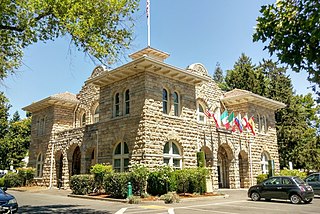
Sonoma is a city in Sonoma County, California, United States, located in the North Bay region of the San Francisco Bay Area. Sonoma is one of the principal cities of California's Wine Country and the center of the Sonoma Valley AVA. Sonoma's population was 10,739 as of the 2020 census, while the Sonoma urban area had a population of 32,679. Sonoma is a popular tourist destination, owing to its Californian wineries, noted events like the Sonoma International Film Festival, and its historic center.
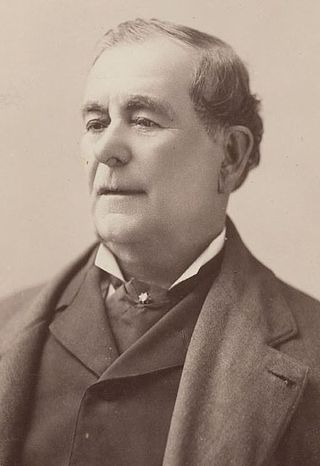
Don Mariano Guadalupe Vallejo was a Californio general, statesman, and public figure. He was born a subject of Spain, performed his military duties as an officer of the Republic of Mexico, and shaped the transition of Alta California from a territory of Mexico to the U.S. state of California. He served in the first session of the California State Senate. The city of Vallejo, California, is named after him, and the nearby city of Benicia is named after his wife.

Sonoma Valley is a valley located in southeastern Sonoma County, California, in the North Bay region of the San Francisco Bay Area. Known as the birthplace of the California wine industry, the valley is home to some of the earliest vineyards and wineries in the state, some of which survived the phylloxera epidemic of the 1870s and the impact of prohibition in the early 20th century. Today, the valley's wines are promoted by the U.S. federal government's Sonoma Valley and Carneros AVAs.

The North Bay is a subregion of the San Francisco Bay Area, in California, United States. The largest city is Santa Rosa, which is the fifth-largest city in the Bay Area. It is the location of the Napa and Sonoma wine regions, and is the least populous and least urbanized part of the Bay Area. It consists of Marin, Napa, Solano and Sonoma counties.
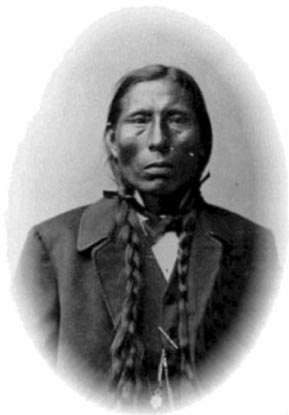
The Suisunes were a Patwin tribe of Wintun people, originating in the Suisun Bay and Suisun Marsh regions of Solano County in Northern California. Their traditional homelands stretched between what is now Suisun City, Vacaville and Putah Creek around 200 years ago. The Suisunes' main village, Yulyul, is believed to be where Rockville, California is located today. Father Abella, visitor to the tribe in 1811, indicated they resided in the present location of Fairfield, north of the Suisun Bay. One of the Suisunes' primary food sources was acorns. Their diet also included fish as well as miner's lettuce. Their huts were conical wikiups made of rushes or tule thatch.

Rancho Petaluma Adobe is a historic ranch house in Sonoma County, California. It was built from adobe bricks in 1836 by order of Mariano Guadalupe Vallejo. It was the largest privately owned adobe structure built in California and is the largest example of the Monterey Colonial style of architecture in the United States. A section of the former ranch has been preserved by the Petaluma Adobe State Historic Park and it is both a California Historic Landmark and a National Historic Landmark. The Rancho Petaluma Adobe State Historic Park is located on Adobe Road on the east side of the present-day town of Petaluma, California.

Sonoma Plaza is the central plaza of Sonoma, California. The plaza, the largest in California, was laid out in 1835 by Mariano Guadalupe Vallejo, founder of Sonoma.

The Vallejo Estate is a historic house in Sonoma, California, one of the six sites that comprises the Sonoma State Historic Park. The estate was owned by General Mariano Guadalupe Vallejo, a Californio military leader and landowner. Vallejo began buying the acreage for the house after returning from the California constitutional convention in Monterey in 1849, and resided in the house from 1852 until his death in 1890. He named the house Lachryma Montis, a rough Latin translation of Chiucuyem – the Native American name for the free-flowing spring on the property.
Rancho Petaluma was a 66,622-acre (269.61 km2) Mexican land grant in present-day Sonoma County, California given in 1834 by Governor José Figueroa to Mariano Guadalupe Vallejo. Rancho Petaluma stretched from Petaluma River on the west over the hills and down to Sonoma Creek on the east, including all land that lay between these two waterways from the edge of San Francisco Bay to approximately the present site of Glen Ellen. The rancho included present-day Petaluma and Lakeville.

Rancho Cabeza de Santa Rosa was an 8,885-acre (35.96 km2) Mexican land grant in present-day Sonoma County, California given in 1841 by Governor pro tem Manuel Jimeno to María Ygnacia López. The grant was along Santa Rosa Creek, and encompassed present-day Santa Rosa, California.
Rancho Agua Caliente was a 3,219-acre (13.03 km2) Mexican land grant in present day Sonoma County, California given in 1840 by Governor Juan Alvarado to Lázaro Piña. The name means "warm water" and refers to the hot springs in the area. The grant extended two and one half leagues to the north of Sonoma and was one quarter league wide, and included present day Glen Ellen, Fetters Hot Springs, and Agua Caliente.

Doña María Ygnacia López de Carrillo was a Californio ranchera. She was the founder of Santa Rosa. She married into the prominent Carrillo family of California and was the ancestor of numerous prominent Californians.

The Blue Wing Inn in Sonoma, California, was one of the first hotels built in the state north of San Francisco. What began as the first property transfer in the new Pueblo de Sonoma and a simple adobe residence transformed with time and the addition of more rooms into a storied landmark. During the California Gold Rush it was used by miners going to and from the gold fields and by the U.S. Army soldiers stationed in Sonoma. After many years, owners and uses - the Blue Wing Inn was purchased by the State of California in 1968 and is currently under study for its best use as part of Sonoma State Historic Park.

The Sonoma Barracks is a two-story, wide-balconied, adobe building facing the central plaza of the City of Sonoma, California. It was built by order of Mariano Guadalupe Vallejo to house the Mexican soldiers that had been transferred from the Presidio of San Francisco in 1835. The Presidio Company and their commander, Vallejo, were also responsible for controlling the Native Americans living on the northern border of Mexican California.

The Mexican Secularization Act of 1833, officially called the Decree for the Secularization of the Missions of California, was an act passed by the Congress of the Union of the First Mexican Republic which secularized the Californian missions. The act nationalized the missions, transferring their ownership from the Franciscan Order of the Catholic Church to the Mexican authorities.

Don Cayetano Juárez was a Californio ranchero and soldier, who played a prominent role in the 19th century North Bay, particularly in Napa County. The home he built, the Cayetano Juárez Adobe, is the oldest building in the city of Napa.
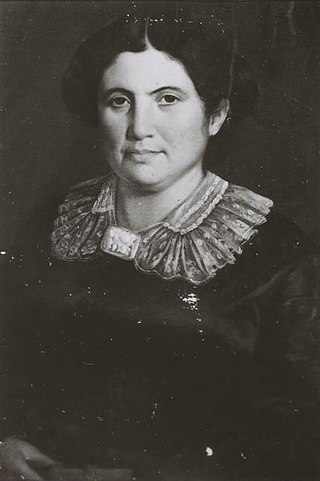
Doña Francisca Benicia Carrillo de Vallejo (1815-1891) was a Californio pioneer. A member of the Carrillo family of California, Carrillo was the wife of Mariano Guadalupe Vallejo. Carrillo was an early settler of Sonoma, California, the town founded by her husband. She survived the Bear Flag Rebellion and went on to oversee the Vallejo estate, Lachryma Montis, until her death in 1891. The city of Benicia, California is named after her.

Swiss Hotel is historical building built in 1850, in Sonoma, California in Sonoma County, California. The Swiss Hotel is a California Historical Landmark No. 496 listed on October 17, 1951. Swiss Hotel was built by Don Salvador Vallejo, brother of Mexican General Mariano Guadalupe Vallejo. Don Salvador Vallejo built next to the Swiss Hotel his house, Salvador Vallejo Adobe, in 1836. The Swiss Hotel has been sold number of time. In the 1870s the hotel was a stagecoach stop. The hotel was sold in 1892 to the Toroni family, which ran the Ticino Hotel. Ticino Hotel had guest from the nearyby railroad station and its employees. The original Ticino Hotel, west side of the Plaza, was lost in a fire.





